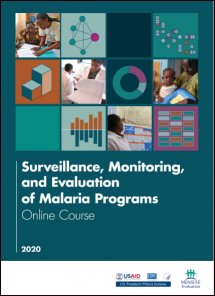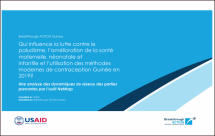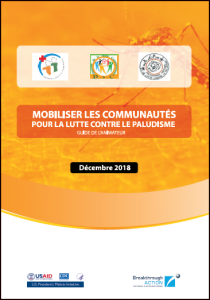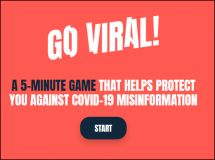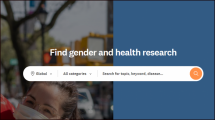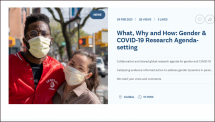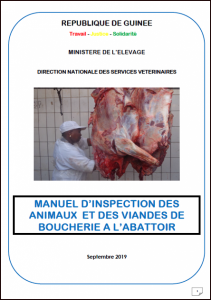Surveillance, Monitoring, and Evaluation of Malaria Programs: Online Course
This course contains fundamental concepts of surveillance, monitoring, and evaluation (SME) as they specifically relate to malaria programs and identify the essential components of SME plans for malaria programs.
Last modified: July 15, 2021

